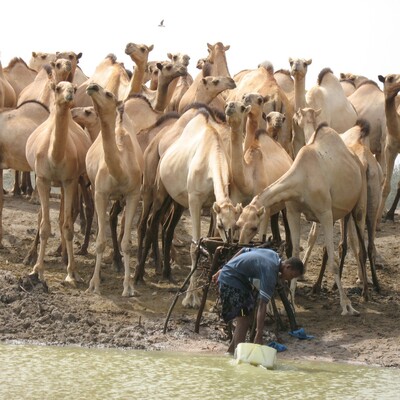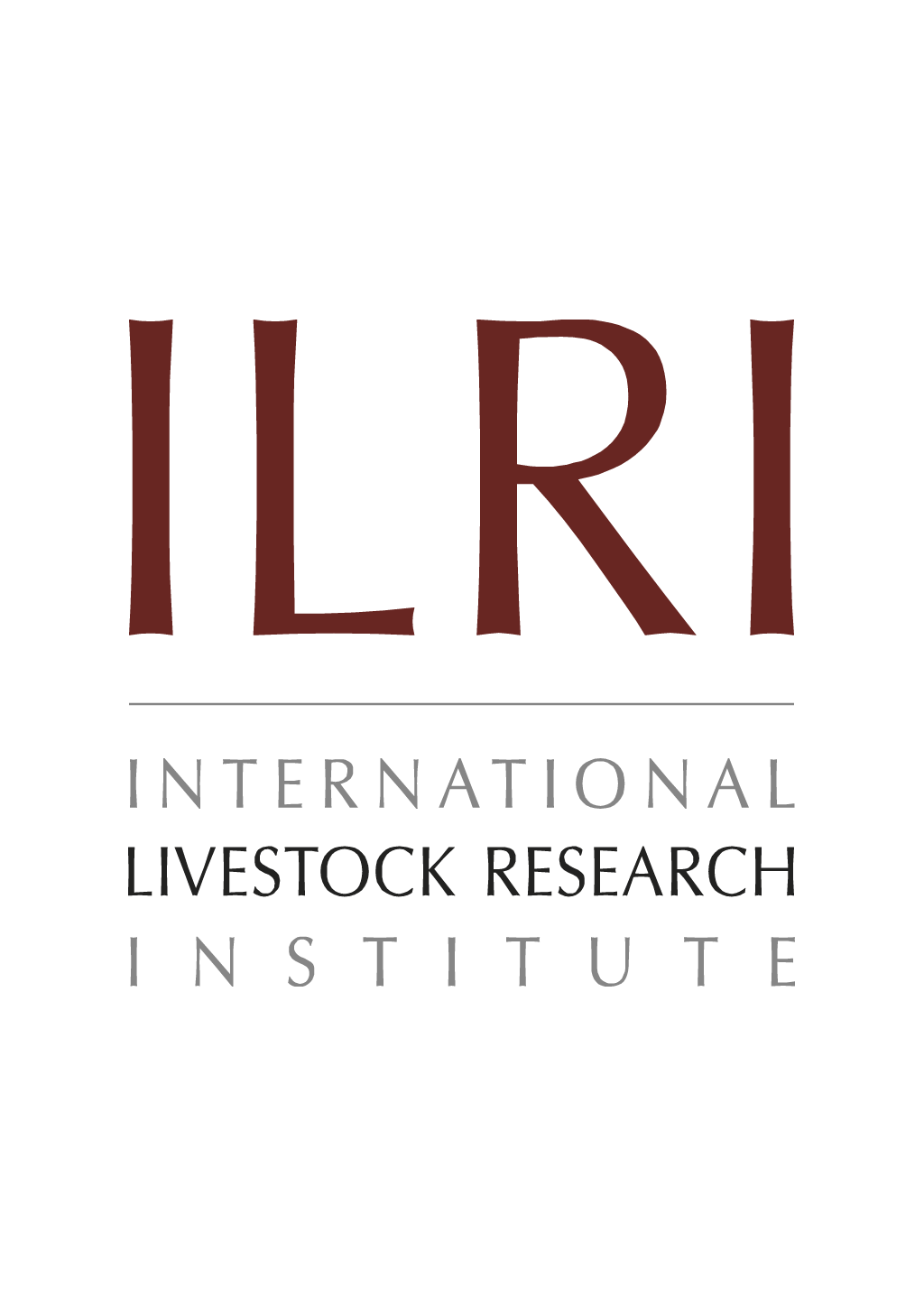
Effect of supplementing napier grass with desmodium and lucerne on DM, CP and NDF intake and weight gains in dairy heifers
Abstract
A study was conducted to investigate the effect of feeding napier grass (Pennisetum purpureum) with or without legume supplementation on nutrient intake and live-weight gains (LWG) in dairy heifers. Thirty-two, 1-year-old Friesian and Sahiwal heifers were used. Eight heifers, four from each breed, were randomly allocated to the following four diets: napier grass alone (D1, control), napier/desmodium (D2, inter-cropped in the field), napier grass supplemented with lucerne hay (D3) and napier grass supplemented with desmodium hay (D4). Feed intake was recorded daily while LWG was measured fortnightly over the 120-day feeding period. In a separate experiment, two fistulated steers were used to estimate the rumen DM degradation of the diets. Heifers on diets D2, D3 and D4 showed significantly higher nutrient intake and LWG (P<0.05) than those on D1, Heifers on D1 gained 0.41 kg day -1, while those on D2, D3 and D4 gained 0.45, 0.52 and 0.42 kg day -1, respecively. Diet D3 showed significantly higher (P<0.05) solubility, degradation rate, potential and effective degradation compared to the other diets. Diet costs computed from forage production data, showed that D2 was the cheapest diet. Results from the study indicated that legume supplements enhanced animal performance and that the cost of live-weight gain is lower when the legume is grown as an inter-crop with napier grass.
Citation
Livestock Production Science;60(1): 81-88




